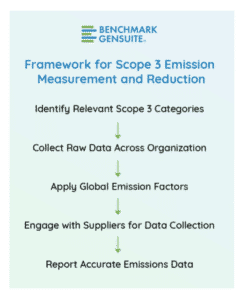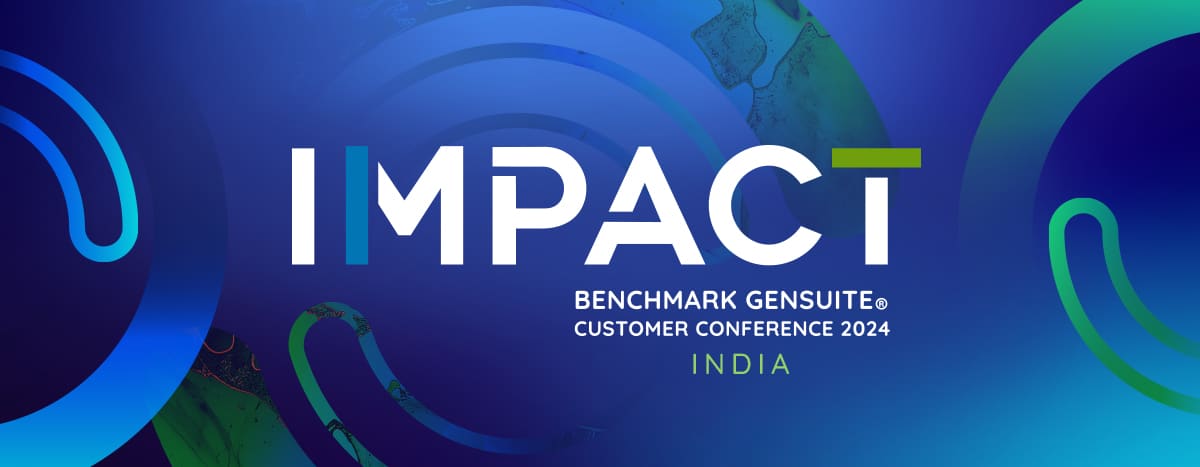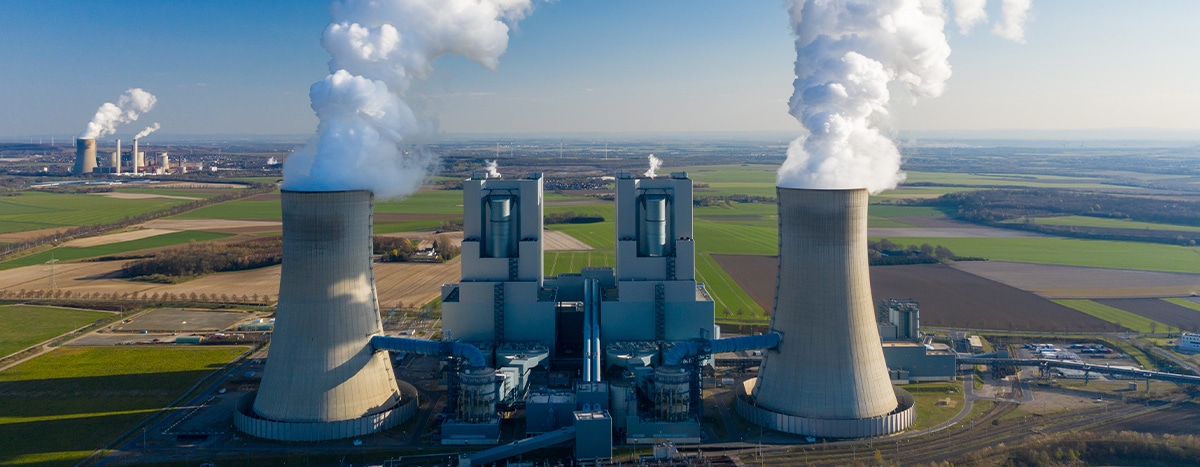Calculating Scope 3 emissions is a significant challenge in organizations’ net-zero journeys. For businesses operating within APAC’s complex supply chains—which span across diverse economies from manufacturing hubs to service-oriented sectors—the task ahead involves recognizing and actively managing their indirect environmental impacts.
Government regulation is a primary consideration for many Asian investors when evaluating potential investments. The concern indicates that, as environmental regulations become more stringent globally and potentially within the Asia-Pacific (APAC) region, companies may encounter heightened pressure from policymakers and financial stakeholders to address and commence offsetting their Scope 3 emissions thoroughly. Notably, India announced a target to achieve net-zero emissions by 2070 at the United Nations climate change conference, the 26th Conference of Parties (COP26), in Glasgow, in 2021.
As businesses in APAC strive towards sustainability and carbon neutrality, understanding and managing Scope 3 emissions is crucial.
Scope 3 emissions represent an essential but often overlooked aspect of a company’s environmental footprint, as outlined by the Greenhouse Gas Protocol. Unlike Scope 1 and Scope 2 emissions, which encompass direct emissions from a company’s own operations and purchased energy, respectively, Scope 3 emissions encompass all indirect emissions associated with a company’s activities. These emissions occur throughout the entire value chain, from the extraction of raw materials to the disposal of end products.
Understanding Scope 3 emissions is crucial for businesses aiming to achieve sustainability goals and mitigate their environmental impact. These emissions typically account for the largest portion of a company’s total carbon footprint, making them a significant contributor to climate change. By comprehensively addressing Scope 3 emissions, companies can gain a more accurate understanding of their environmental impact and identify opportunities for improvement. Scope 3 emissions can be categorized into various sources, including purchased goods and services, transportation and distribution, waste generated in operations, and employee commuting and business travel. Each of these sources presents unique challenges and opportunities for emission reduction.
Scope 3 Challenges in Supply Chain
Scope 3 emissions, which account for over 70% of most companies’ carbon impact, pose significant challenges for supply chain managers.
Scope 3 emissions, which account for over 70% of most companies’ carbon impact, pose significant challenges for supply chain managers.
Scope 3 emissions are indirect and result from a company’s activities outside its direct control. Here are some common challenges associated with managing Scope 3 emissions:
Data Collection and Reporting: Gathering and reporting data can be time-consuming and resource-intensive. Companies often rely on third-party sources, which may hinder their understanding of their own Scope 3 footprint and impede improvement efforts.
Modelling Approaches: Scope 3 modelling approaches, such as those based on product spend with suppliers, may lack the necessary detail to support effective management decisions. For instance, spend-based modelling relies on industry-average emissions factors and may not accurately reflect a specific company’s emissions footprint.
Static vs. Dynamic Data: The challenge lies in balancing static data (such as historical averages) with dynamic data (real-time information). The balance between these two types of data is important as it allows businesses to establish credible emission baselines while staying agile enough to implement effective sustainability measures promptly.
Engaging Suppliers: Supplier willingness and capacity to engage in emission reduction efforts play a significant role. Long-term contracts, limited influence over vendors, and low or delayed return on investment (ROI) can hinder progress.
Investors play a great role in driving the transition to a low-carbon economy. When assessing companies’ management of climate-related transition risks, investors need to evaluate all material greenhouse gas (GHG) emissions across their portfolio companies’ value chains. However, transparency regarding value chain emissions, or Scope 3 emissions, lag behind Scope 1 and Scope 2 emissions.
In India, SEBI’s BRSR framework highlights the significance of Scope 3 emissions within supply chains, driving towards ESG-focused investment. Recognizing Scope 3 emissions as crucial indicators of environmental stewardship and financial risks, investors are now demanding transparency and mitigation strategies.
As companies prepare to report value chain ESG metrics under BRSR reporting in India, Benchmark Gensuite provides a simplified and automated approach to manage your Scope 3 air emissions management, which is crucial for compliance with global reporting.

Finally, Benchmark’s Disclosure Director enables organizations to aggregate, analyze, and report emissions data to various stakeholder groups and reporting frameworks like BRSR, Bursa Malaysia Sustainability Reporting Framework, TCFD, SASB, and GRI efficiently. This comprehensive approach ensures that organizations can meet their GHG inventory requirements effectively.
Are you prepared for Scope 3 emissions reporting? Request a demo today and learn more about Benchmark Gensuite’s Scope 3 and GHG Emissions Management solution and what it can do for your organization.




